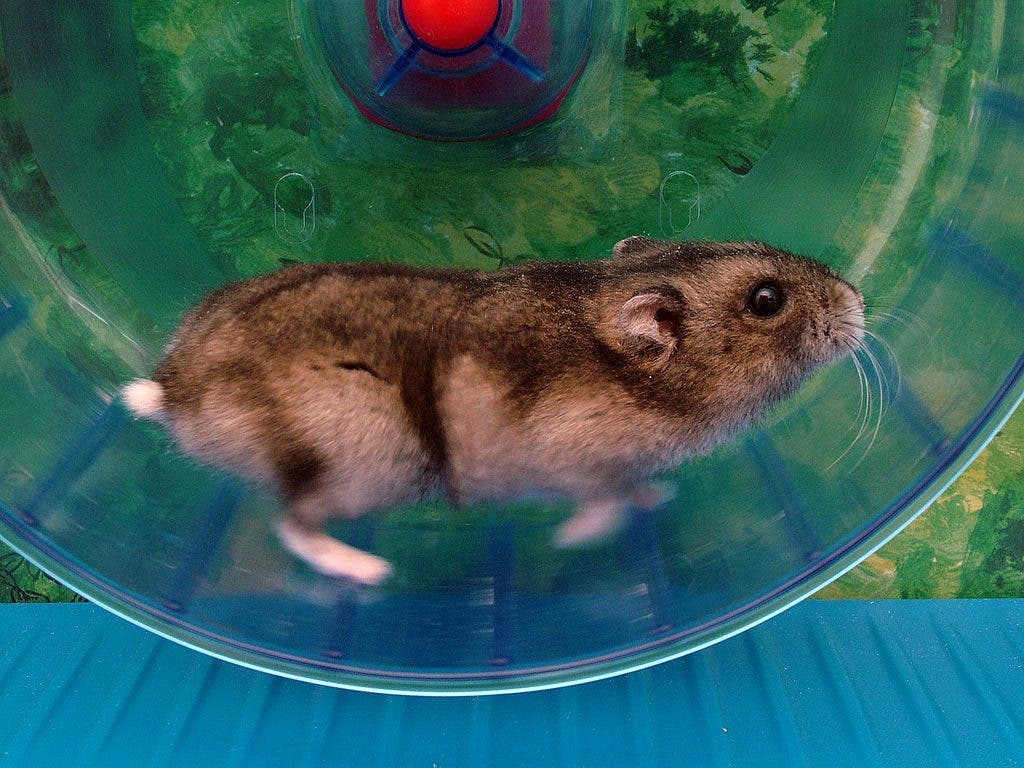Here’s one more benefit of exercise (as if we needed more): it can help you fight cancer. A new study showed that mice who spend their free time running on the wheel are much better at shrinking tumors than their lazier counterparts. Active mice exhibited a 50 percent reduction in tumor size. Researchers report that the surge of adrenaline that comes with a high-intensity workout helps eliminate tumors.

Exercise is good for you, perhaps in more ways than we even realize. It’s not just that your body gets healthier and it helps the mind, but it can also help you secrete much-needed hormones.
“It is known that infiltration of natural killer (NK) immune cells can control and regulate the size of tumors, but nobody had looked at how exercise regulates the system,” says senior study author Pernille Hojman, at the University of Copenhagen. “In our experiments, we tried to inject our mice with adrenaline to mimic this increase you see during exercise, and when we do that we see that the NK cells are mobilized to the bloodstream, and if there’s a tumor present then the NK cells will find the tumor and home to it.”
Hojman and his team also discovered that an immune signaling molecule called IL-6 was the link between adrenaline-dependent mobilization of NK cells and tumor infiltration.
“That was actually a big surprise to us,” she says, adding that IL-6 and its role in tumor biology can be a controversial topic. “In this study we show that the exercise-induced IL-6 seems to play a role in homing of NK cells to the tumor and also in the activation of those NK cells.”
Although human trials haven’t started yet, it seems quite likely that the same thing happens in humans. The team wants to replicate the results and humans and get a better insight onto how cancer can be prevented and fought against with simple things like exercising. They also want to figure out
“As someone working in the field of exercise and oncology, one of the main questions that cancer patients always ask is: how should I exercise? Can we do anything?” she says. “While it has previously been difficult to advise people about the intensity at which they should exercise, our data suggest that it might be beneficial to exercise at a somewhat high intensity in order to provoke a good epinephrine surge and hence recruitment of NK cells.”
Journal Reference:
- Line Pedersen et al. Voluntary Running Suppresses Tumor Growth through Epinephrine- and IL-6-Dependent NK Cell Mobilization and Redistribution. Cell Metabolism, February 2016 DOI:10.1016/j.cmet.2016.01.011






